This is How to Pressure Wash a Deck the Right Way

By Judy Schumer
For a lot of homeowners, a deck is often an outside room, and it gets a lot of wear—especially if uncovered. Not only does using a pressure washer to clean your deck can save you hours of backbreaking work, but it does a better job at cleaning your deck than scrubbing by hand does. Pressure washing can also prolong the life of your deck by removing hazardous mold and slime that eventually rot the wood. And if you’re looking to stain your deck, you should pressure wash it beforehand.
Like all good things, pressure washing has its caveats. First, you need to make sure you have the best pressure washer for the job you’re doing. You also need to use it the proper way to clean your deck. If used incorrectly, you run the risk of permanently damaging your deck, or at the very least, you’ll have a still-dirty deck after you’ve invested time and energy into cleaning it.
A pressure washer can work as a super-power feather duster, removing cobwebs and debris from your deck, or it can turn into a high-powered wood engraver, etching unsightly lines into the wood of your deck. Learning how to pressure wash your deck will help you avoid all the pitfalls of pressure washing while reaping the benefits of this powerful cleaning tool.
Photo via Nicki Parrish @ Sweet Parrish Place
How to Know When Your Deck Needs Pressure Washed
While wielding the water-powered, modern-day form of Excalibur may seem like a lot of fun, it may not be needed. So how do you identify when your deck needs pressure washed or if it just needs a regular maintenance cleaning? You should use a pressure washer if:
- You have heavy grime or slippery slime on your deck. A pressure washer will remove it quickly and efficiently in place of the need to scrub for hours in an attempt to remove embedded dirt.
- You have a lot of snow or rain where you live. These conditions contribute to mold, and a pressure washer can blast away microscopic spores before they grow to be damaging, wood-staining mold patches.
- You need to waterproof or stain your deck. Any time you prepare to apply a sealer (which should be every two to three years) or stain, you’ll need to have a clean surface for the best absorption. A pressure washer cleans consistently and deeply, preparing your wood surface for sealing and staining.
Pressure Washer Safety Tips
Pressure washers use a high-pressure stream of water to clean a surface, a task that can turn dangerous if mishandled. Follow these guidelines to use your pressure washer safely:
- Always read the instruction manual. Knowing how to hook the hoses up correctly, how to turn the appliance on and off, and how to release pressure can help you from getting seriously injured.
- Stay on solid ground the entire time you’re using a pressure washer. The blast of powerful water is enough to cause you to fall if you’re on an unstable surface like a ladder. If you need to reach an area high above your head, use an extension wand made for the model of pressure washer you’re using.
- Do not leave the wand unattended while it’s on. You’ll quickly lose control of it, making injury a real possibility.
- Dress appropriately. Always wear safety goggles, long pants, and closed-toe shoes. Keep exposed skin at a minimum.
- Never, ever point the wand at another person, a pet, or even plants. A pressure washer is a very powerful tool that can cause devastating damage when used irresponsibly.
How to Prep for Pressure Washing a Deck
Once you've determined that you'll be using a pressure washer to clean your deck and you've read up on how to use it safely, you'll need to prep the deck to get it ready for the washing. Use this simple checklist to get your deck and the surrounding area cleared and ready for cleaning:
- Remove all items from your deck and the area around it. You need to move all furniture, kids’ toys, grills, and container plants away from the high-pressure stream to avoid damaging them. You also want a completely clear area for your safety so you don't trip over obstacles as you move along the deck.
- Use a tarp to cover plants and shrubs that are in the ground next to the deck. A blast of water from a pressure washer can easily annihilate a section of your garden in seconds.
- Cover outdoor light fixtures or decorative items that can’t be moved.
- Close all windows and doors. When the water from the pressure washer hits the deck material, it causes a rebound spray that can travel into open windows and doors.
- Before pressure washing, sweep the deck thoroughly to remove debris, leaves, and loose dirt.
- Check for loose boards, nails that stick up above the decking, and splintered boards. Make repairs before you use the pressure washer on your deck.
Photo via Shutterstock
How to Pressure Wash a Deck
Now comes the fun part: Using the pressure washer to bring your tired, dirty deck back to life! Here’s how to do it.
Tools and Materials Needed:
- Pressure washer
- Rotating or fan tips (these usually come with the power washer)
Step 1: Choose the Pressure Setting
When setting the pressure on the pressure washer, starting at a lower pressure is best. If your deck is made of softer wood like pine or composite decking, the pressure should be set at 500 to 600 PSI ( pounds per square inch). PSI is the unit used for measuring the pressure that a power washer supplies for cleaning.
A PSI of 500-600 will clean the deck without etching it. You can go up to 1,200 PSI for hardwoods, but it’s best to try to get the results you want with less pressure to avoid risk of damage.
Step 2: Choose the Tip
For cleaning wood, a fan tip or rotating tip is recommended. When water comes out of the tip, it comes out in the shape of a fan. The fan size is the angle formed by the water coming out of the tip, measured in degrees. You should be using anywhere from a 40- to 60-degree tip on wood— a straight jet of water is zero degrees, which is comparable to using a laser engraver on your wood.
Step 3: Test the Settings
It’s always better to test your pressure washer settings in a small, inconspicuous area of your deck before getting started. If you accidentally set the pressure too high and etch the wood, it won’t be as difficult to replace, for instance, a part of a step versus entire sections of decking. Remember to start at a lower setting of 500-600 PSI.
Step 4: Pressure Wash the Deck
With the 40-60 degree tip attached, hold the pressure washer wand about a foot away from the deck's surface and engage the trigger.
Beginning in the area closest to the house, spray the pressure washer by using a sweeping motion parallel to the boards and overlap the spray with each stroke. Spray the entire length of each row of boards, one row at a time, following the grain of the wood. You don’t want to miss any spots or leave visible unwashed lines.
Let the deck dry for 48 hours before refinishing, staining, or sealing your deck.
Let us know your best deck cleaning and decorating ideas in the comments, we’d love to hear from you!




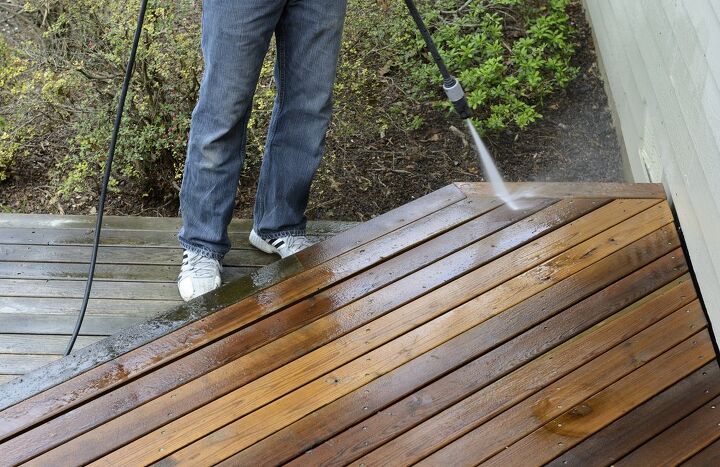


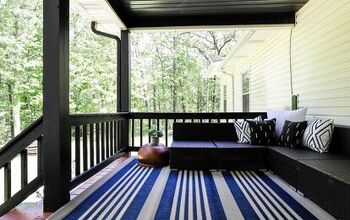
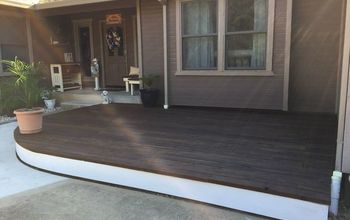
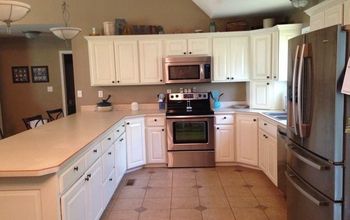

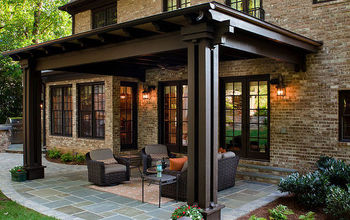
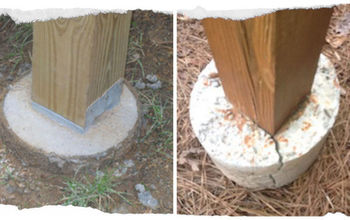




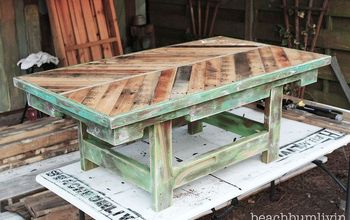
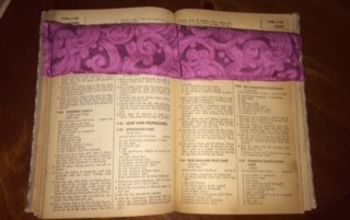



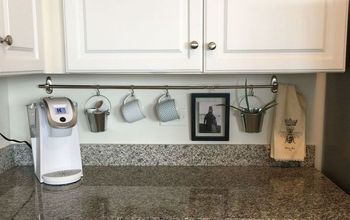


Frequently asked questions
Have a question about this project?